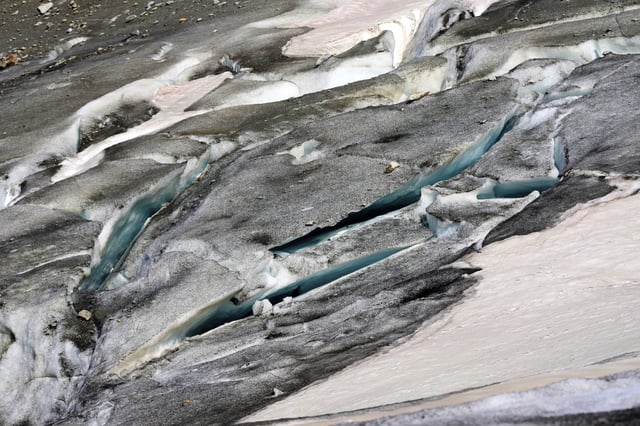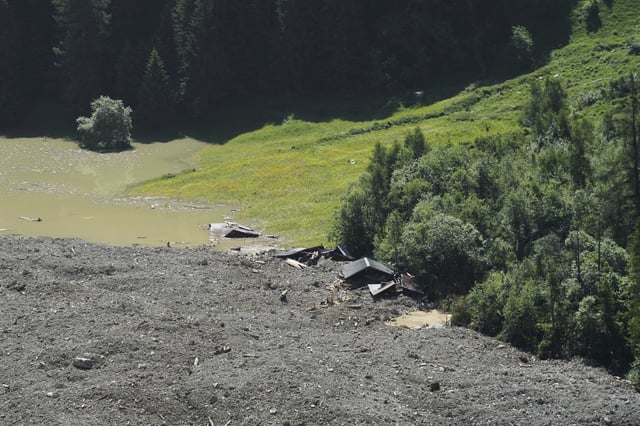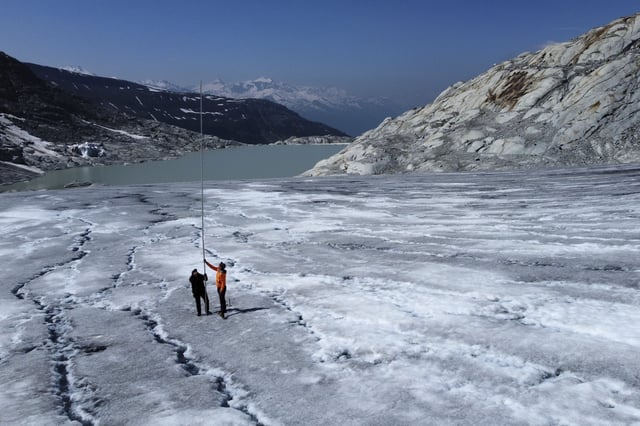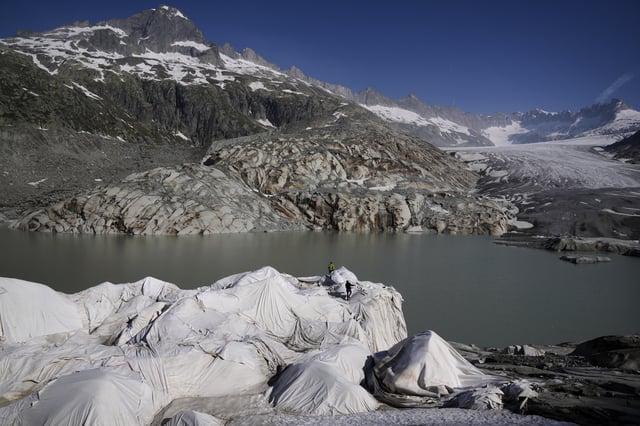Overview
- Glaciologists have documented holes forming in the Rhone and other Swiss glaciers as meltwater erodes internal ice channels.
- Continuous monitoring shows 2022 and 2023 were the worst years on record for ice loss, with summer melt rates reaching up to 10 centimeters per day.
- The Birch Glacier collapsed in May, triggering a mudslide that submerged the evacuated village of Blatten and highlighted the sudden risks of unstable ice.
- Experts warn that sustained glacier retreat will reduce summer river flows crucial for drinking water, irrigation and hydroelectric power production.
- Copernicus data show May 2024 as the second-warmest on record and WMO reports reveal mass losses in the Himalayas and Tian Shan glaciers, indicating a global pattern of accelerated ice melt.



